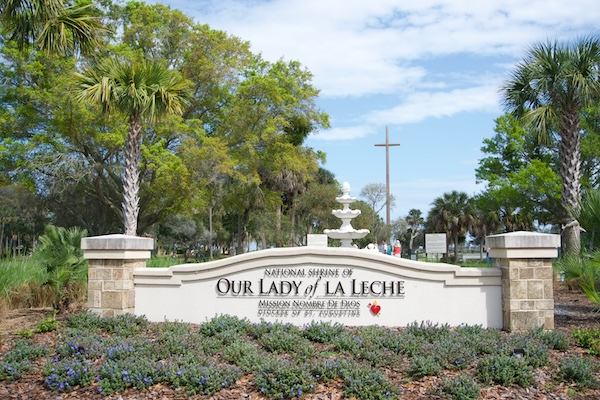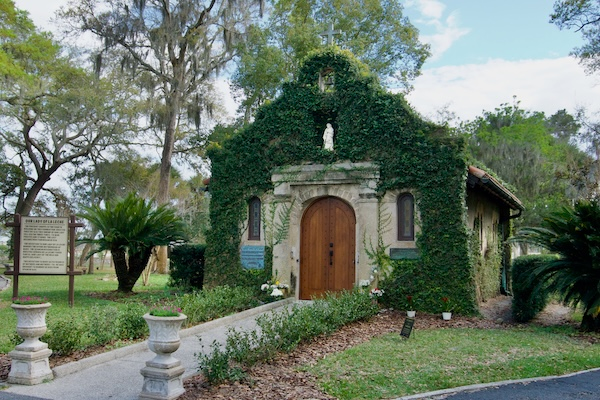St. Augustine, A Journey Through America's Oldest City
March, 2022
St. Augustine, America's First City
- Tuesday, March 8, 2022
- 3.93 mi
- 1:34:55 hrs
St. Augustine is one of the most significant historical sites in the United States, established 55 years before the Pilgrims anchored at Plymouth Rock!
St. Augustine's Spanish Heritage
At the visitor center, we saw an exhibition about the early Spanish settlers in “A Siempre Fiel Ciudad, the ever-faithful city,” St. Augustine’s historical nickname. This name reflects its strong connections with the Spanish Crown and the Catholic Church during the Spanish colonial period.
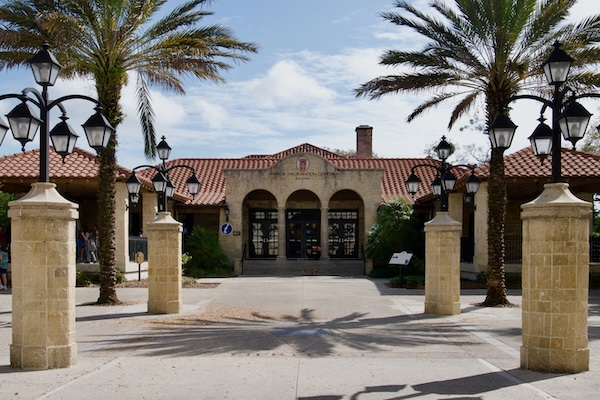
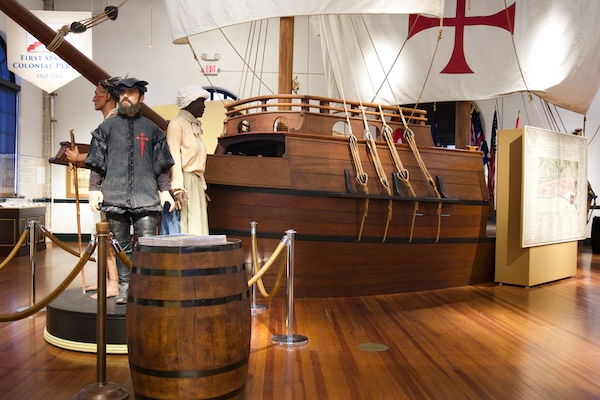
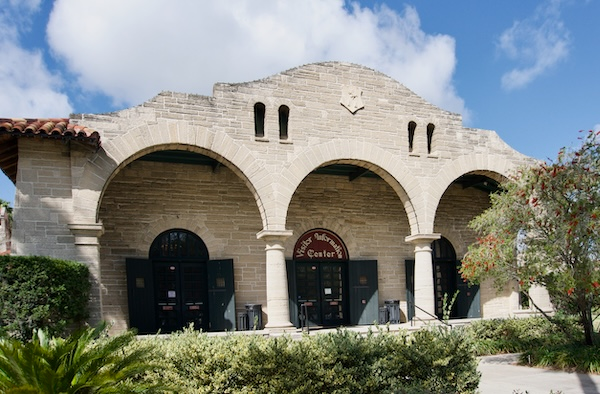
Exploring St. Augustine's Historic Streets
Through the Old City Gates, we entered St. George Street. This charming street featured old buildings and cobblestone streets that took us back in time. The lively vibe, with many visitors exploring and enjoying the inviting shops and tasty restaurants, made us feel like we had stepped into a little town in Mediterranean Europe. We peeked into the oldest wooden schoolhouse, imagining the lessons once taught here. In addition, we visited the St. Photios Greek Orthodox National Shrine, a small shrine highlighting the journey of Greek settlers in Florida. We also strolled down Aviles Street, the oldest street in the US, with quaint art galleries and boutiques.
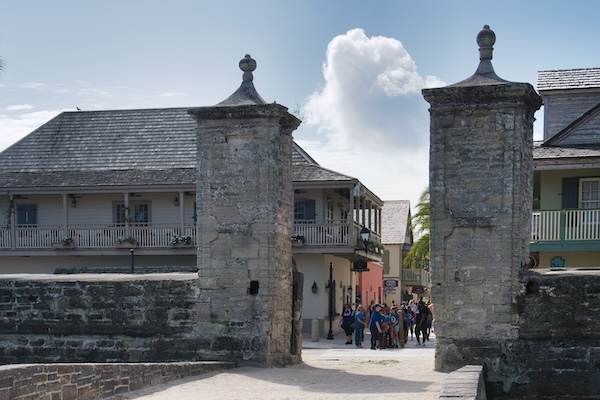
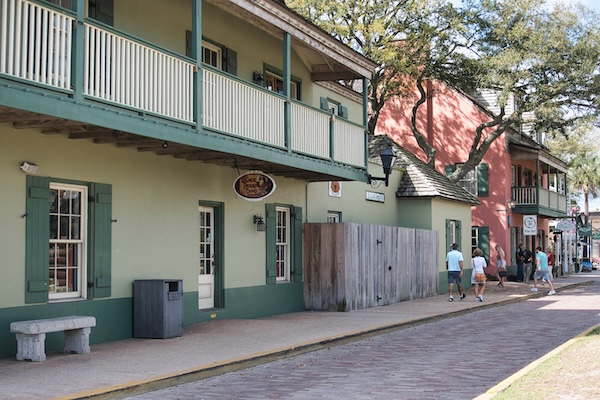
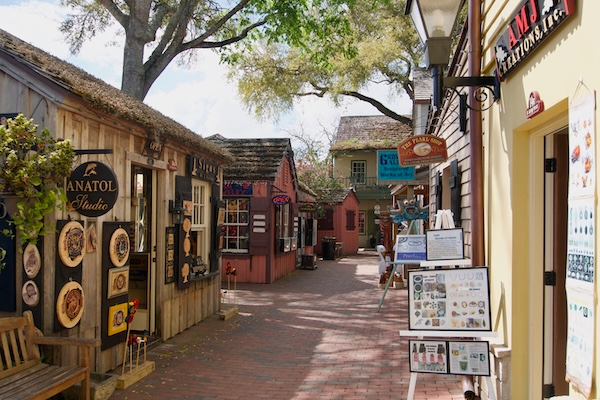
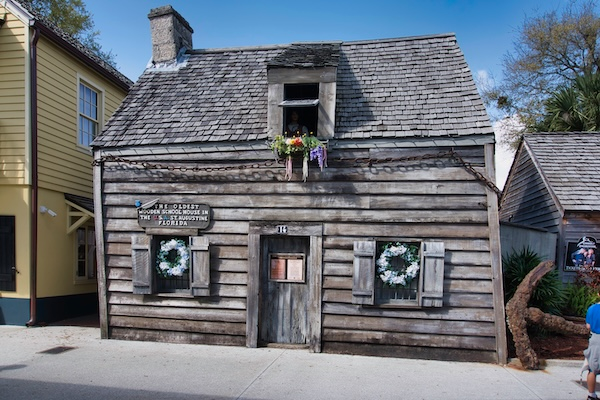
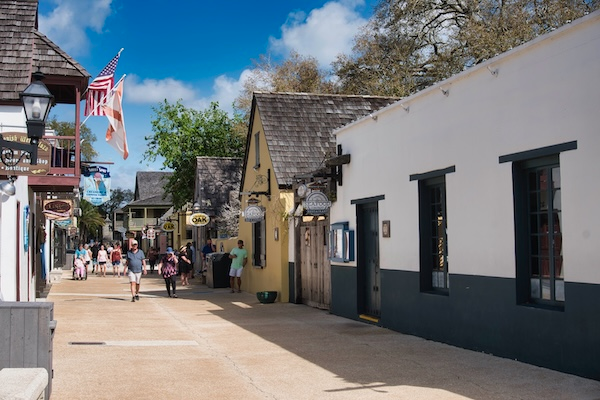
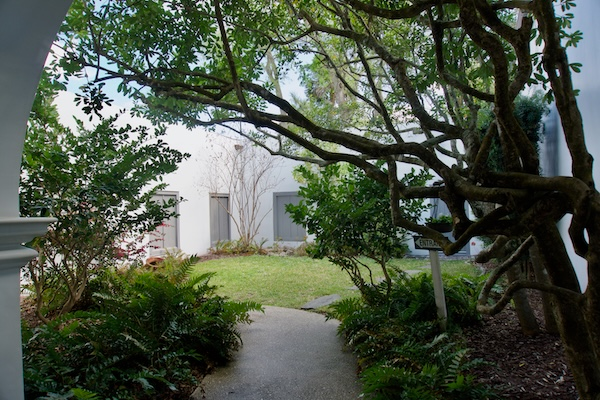
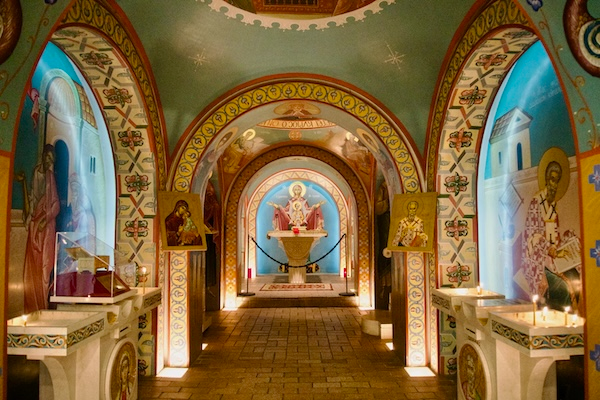
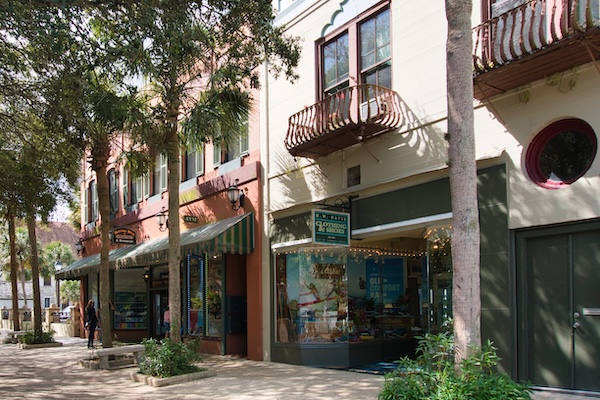
Plaza de la Constitución, A Historic Centerpiece
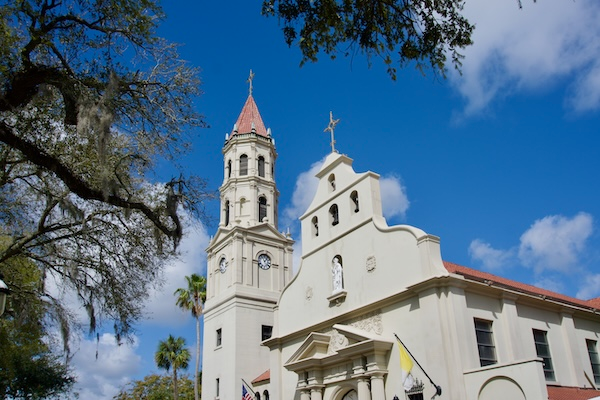
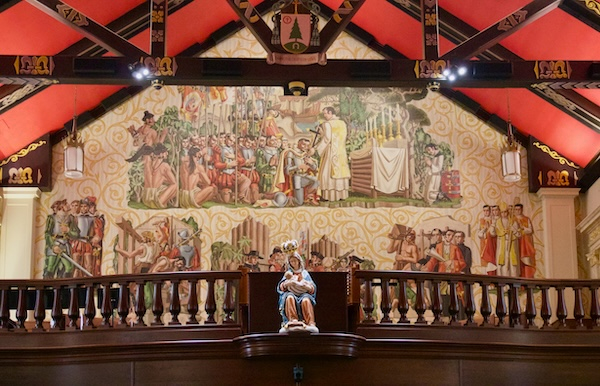
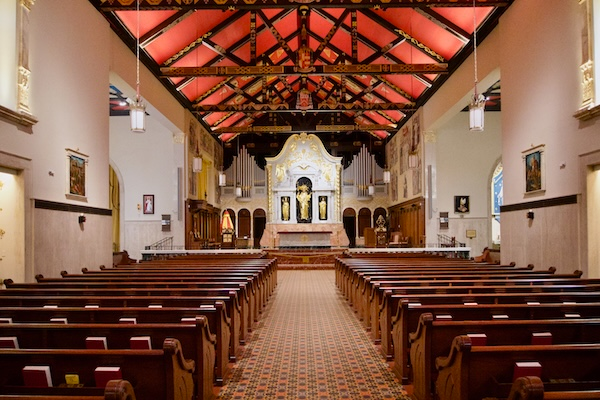
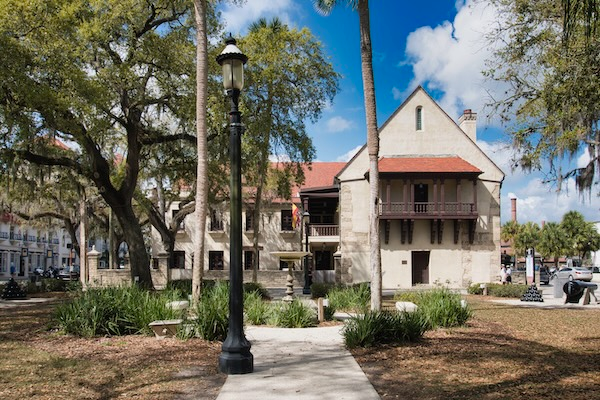
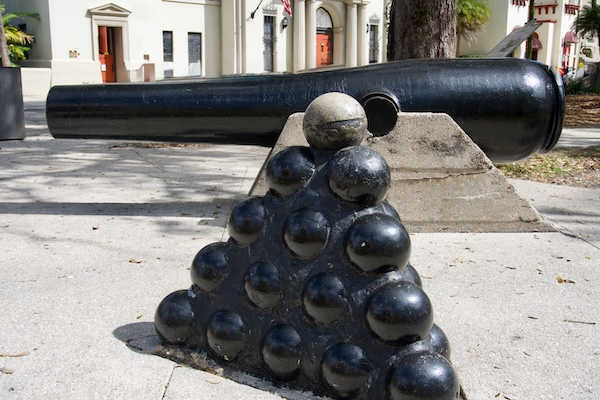
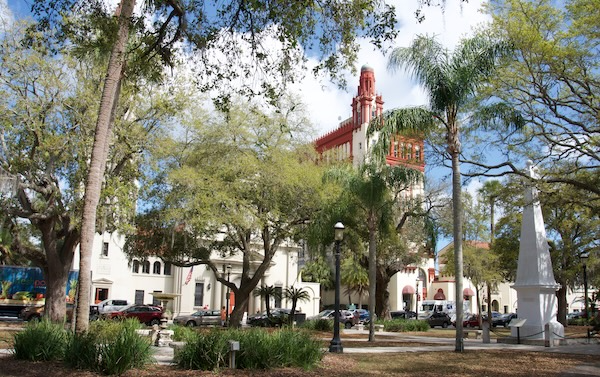
From Swim to Supper, The Unique Café Alcazar
After strolling through the oldest street in the nation, Aviles Street, along the oldest house, The González–Álvarez House, we discovered Café Alcazar, where we had an unforgettable lunch!
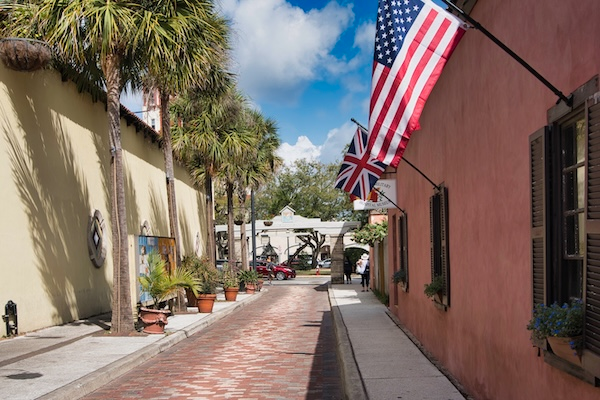
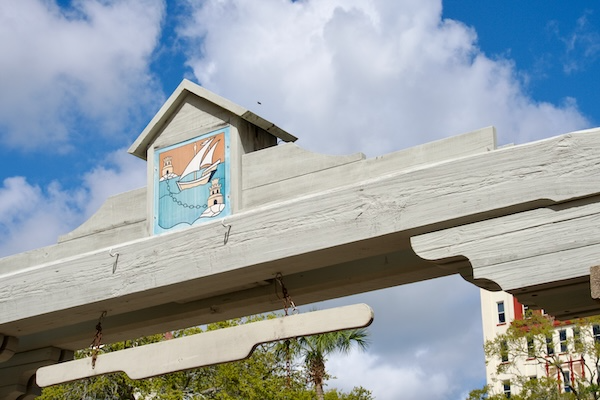
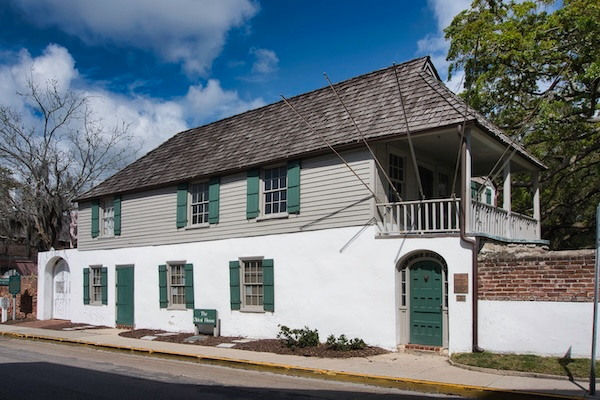
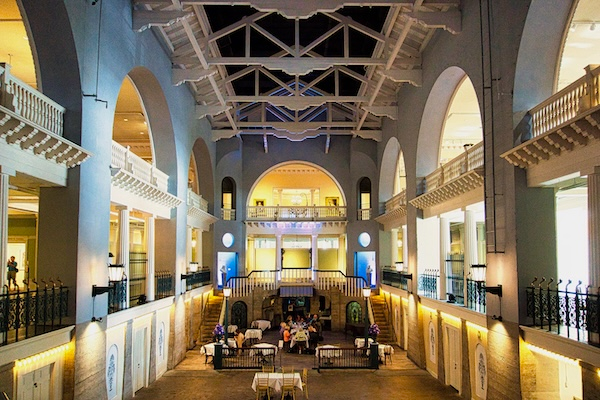

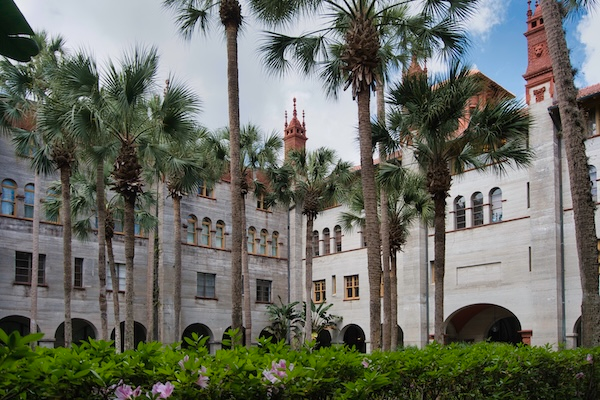
.
Skipping the Line & Stepping into History
Thanks to the dedicated NPS-pass lane, allowing us to skip the long queue, our visit to Castillo de San Marcos National Monument went smoothly. This fortress is the oldest fortification in the continental United States and the largest colonial remnant in St. Augustine. The Spanish built the fortress to defend Florida and the Atlantic trade route in the 17th century. They extracted the fortress’ building materials, coquina blocks, from a quarry on the nearby Anastasia Island.
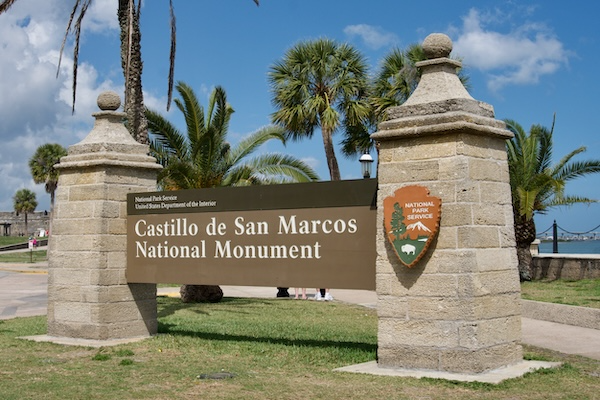


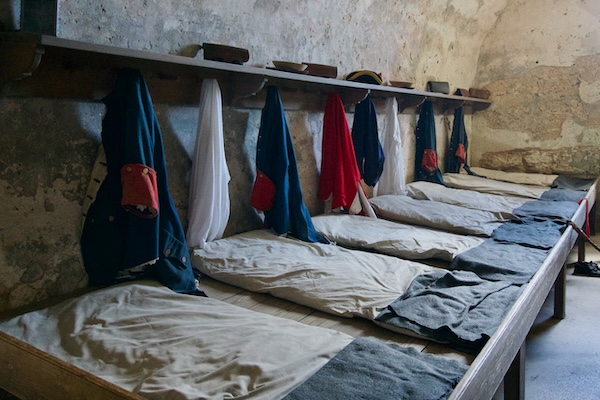
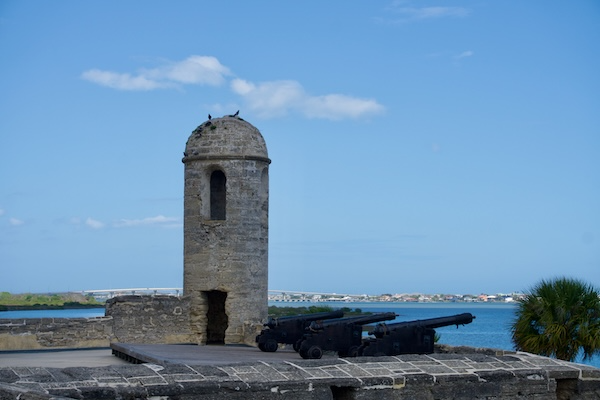

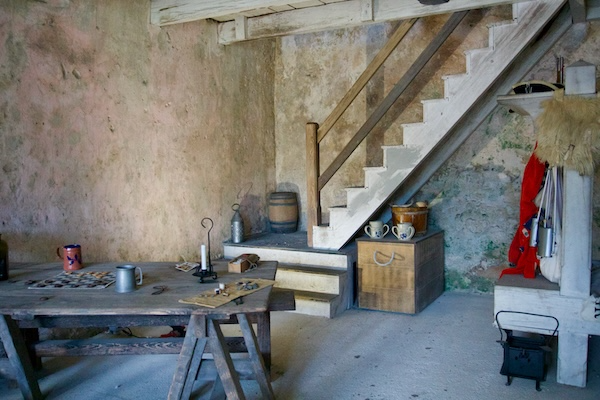
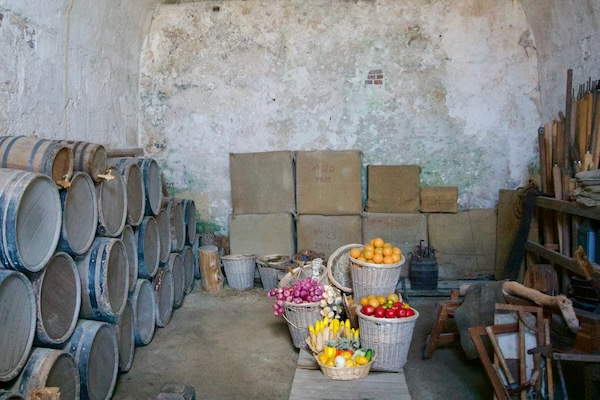
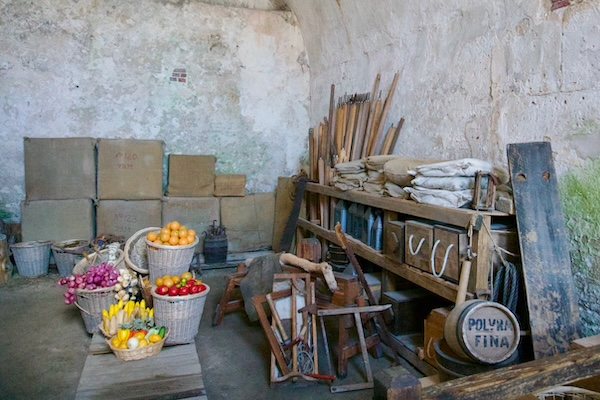
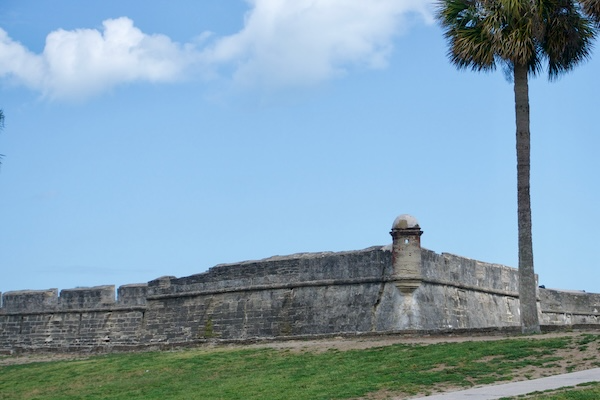
Castillo’s exterior misrepresented its size; the fortress appeared much larger from the inside. The dark casemates were a stark contrast to the bright Florida sun. It was great to see how the monument brought Spanish history alive by displaying foods, materials, and living quarters from that time.
A Photostop at St. Augustine Light Station
It was already late in the day. Since the entrance ticket was expensive and we had climbed other lighthouses in our earlier travels, we only took some photos of the striking St. Augustine Light Station.

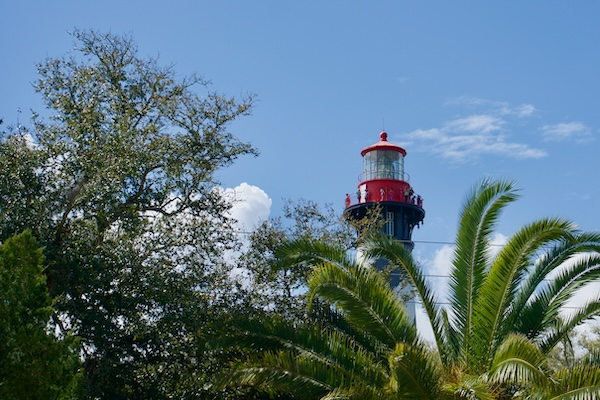
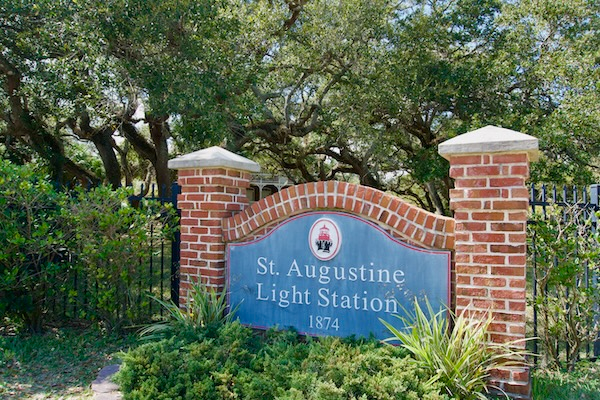
The lighthouse’s history is long; a wooden tower stood there as far back as 1569. That old tower fell into the sea in 1880. Today’s lighthouse, located further from the water, took three years to build. In October 1874, the lighthouse shined it lights for the first time.
A Serene Goodbye to St. Augustine
- Tuesday, March 8, 2022
- 0.97 mi
- 0:27:50 hrs
